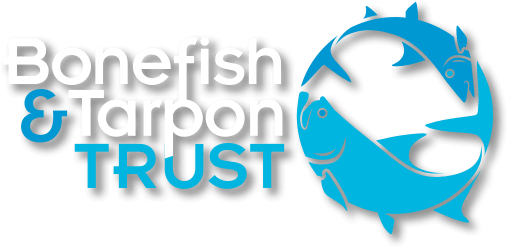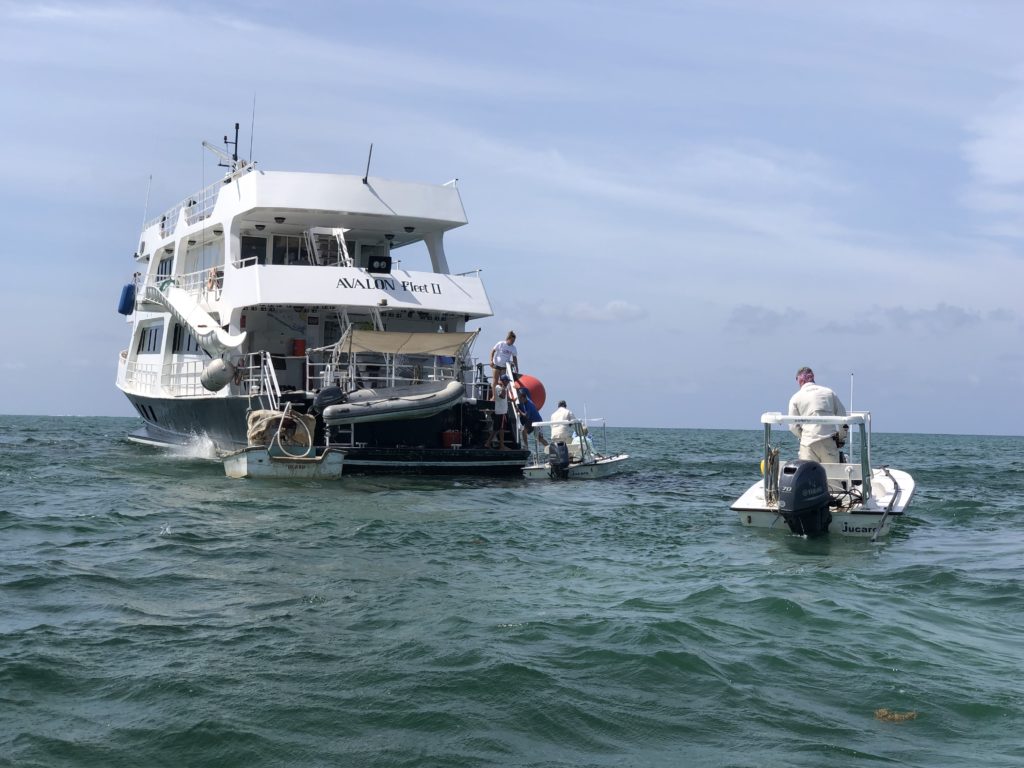The Avalon II was the Bonefish Bonnies’ mothership and home away from home for their week off the grid.
Similar to the children’s book, If You Give a Mouse a Cookie (wherein “It’s going to want a glass of milk to go with it), when you give a woman a fly rod, she’s going to want a reel, line, leader, tippet, flies and lessons, and clothes, a week’s itinerary, plane tickets and booked guides. And after fishing from a mothership off Cuba’s Jardines de la Reina, she will want to advocate for restoring and preserving habitat.
Two years ago, 12 Bonefish Bonnies from Key Largo signed on for a May 2019 Cuban fly-fishing adventure. Their angling abilities ranged from flat-out beginner through expert, but they had months to prepare with casting lessons (and practice, practice, practice) and lists, paperwork, meetings, bureaucratic red tape, and packing. With nearly half the group brand-new to angling, this was not going to be about quantities caught, but experience. For several, this would be the first exposure to bones.
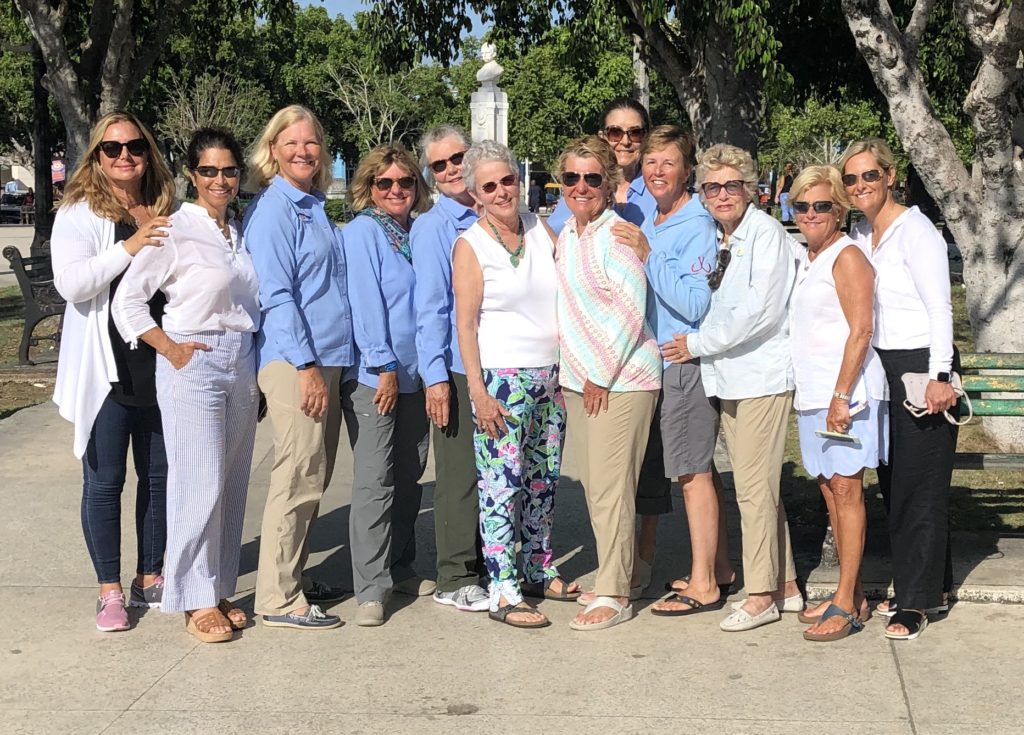
It proved a trip of milestones, including several anglers’ first bonefish on fly and another’s 500th, and budding awareness: Despite Cuba’s political challenges, crumbling infrastructure and desperately limited resources, the 125-mile-long Jardines de la Reina archipelago off Cuba’s southeastern coast, with its rugged shorelines on one side and beautiful sandy beaches on the other, comes close to what the Bonnies’ home waters in the Keys were like before water management and development took over.
Contrasts struck the Bonnies from the moment they exited the small Camaguey airport’s baggage claim. While much of what they had brought with them was new, much of what surrounded them was old. They climbed aboard a massive air-conditioned luxury motor coachfor the three-hour ride to the port of Jucaro, and headed west surrounded by horse-drawn carriages, burro-drawn work carts, bicycles and bicycle taxis, an occasional American car from the 1940s and 1950s, and a (very few) newer tiny cars from Korea or eastern Europe as a guide patiently answered questions about all details of Cuban life. Outside the windows, they saw meager living conditions in every direction.
By lunchtime, they were being graciously welcomed aboard the Avalon II by their fishing guides and the ship’s crew and staff. In no time, the ship headed off the grid on the five-hour cruise to the catch-and-release national park that would be their home for a week. En route, they ate; unpacked; sorted, distributed and assembled fishing equipment; reviewed safety instructions; learned a little bit about the geography where they’d be fishing; and ate again. The ship anchored up a little after dark.
Each morning, the attentive crew was up well before dawn to feed the guides and greet the day. The Bonnies woke with the gorgeous sunrises and appeared in the salon one by one for various breakfast options and to pack a lunch. From the top deck, one could watch the guides go collect the skiffs, listen to the birds on the nearby cays and assess the weather, which was typically cloudy with a breeze stiff enough to cause some concern for casting techniques. The guides would return, tether up at the stern, and sometime between 7:45 and 8, Bonnies would grab their gear, run back for one or two items not to be left behind, and the day’s adventure would begin. Daily, the enduring belief that rain was a real possibility gave way by noon to scorching blue skies, still air and water like glass.
Early on, the day’s first run would be to a lagoon with deep cloudy water, a soup of bonefish. For the anglers, it provided a chance to become familiar with “Caribbean guide fishing English”: “Cast; 10 o’clock,” “Cast again; more right,” “Strip… strip… strip…,” “Set the hook!” “You got him.” For Bonnies who’d never caught a fish on fly, it was an opportunity for casting instruction and to learn what “the take” feels like, but the women wanted more, and over the course of the week, progress was made.
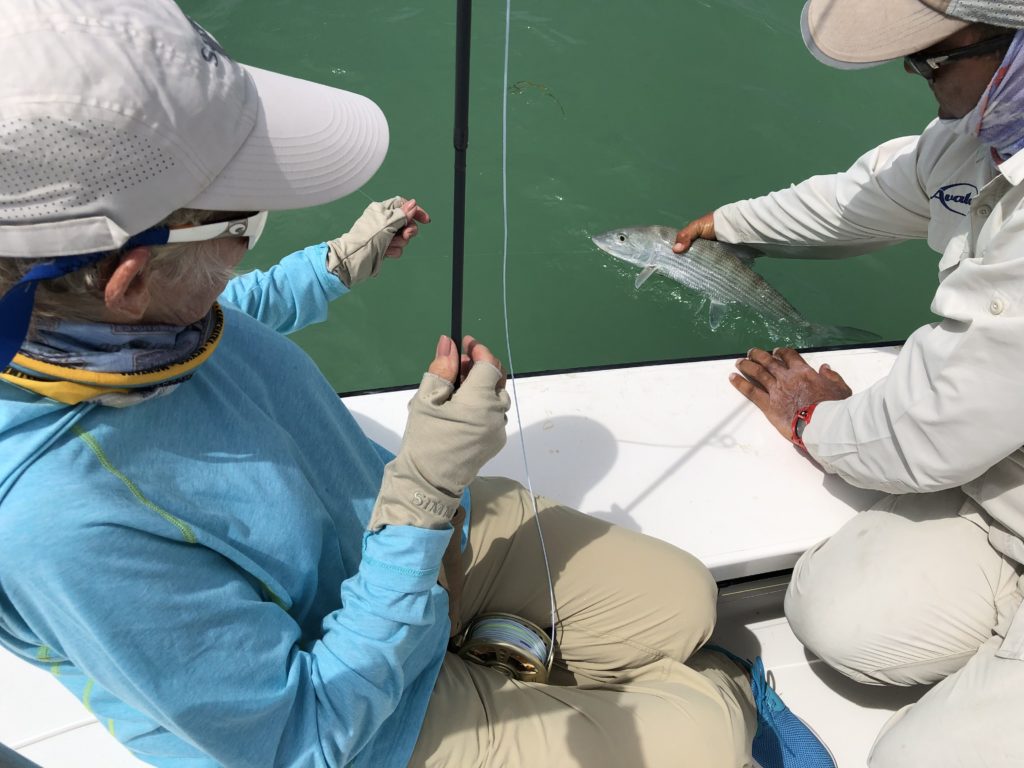
Curiosity, enthusiasm and humor blossomed on both sides of the cultural divide. The guides had never hosted an all-female band of sports before, and they were confused by requests to “Keep ‘em wet” (“What is this ’em?”), but they were patient and persistent. The Bonnies’ successes were theirs. They and the boat crew spent an evening giving the Bonnies dance lessons (salsa, “uno, dos, tres”; marangue, similar, but with a pause.)
There were other lessons, too, like wade-fishing. The anglers enjoyed the thrill of sighting a school of bones on a mangrove flat, casting to it, seeing a fish follow the fly, and strip-setting the hook. Often the hooked fish would race toward a stand of mangroves, leaving a wake and peeling line from the reel, and then make a 90-degree turn just beyond one. “Rod up!” the guide instructed the Bonnie. The line cleared and the fish was landed, followed by a safe, successful release. All recently learned lessons, executed.
Then there were the rolling tarpon, requiring slow, short strips and a hard hook-set. The lucky Bonnie would tug again and a third time, and the guide would yell “Let it go!” It was game on. The fish jumped and the Bonnie bowed to the Silver King. The tarpon ran deep into the backing and leapt again. At the skiff, a scale was harvested for research, and the fish swam away as the Bonnie thanked the guide profusely.
The settings included hammocks, channels, palmetto scrub, and expansive flats that were so many different shades of blue, sometimes more than a dozen all at once. Then an apocalyptic testimony to years-old storm damage: islands of dead trees, deep chasms of tannic water, shallow hard edges.
Each evening’s return to the boat brought a friendly welcome from the crew, fish-tales, cocktails, hors d’oeuvres and dinner, and, to comply with Cuban fishing regulations, a daily reporting of what bones, tarpon and permit had been seen: single; a few (two to 10); many (11 to 100); and abundant (more than 100). Over the course of the week, the Bonnies saw abundant bonefish, many tarpon, and a few permit, and caught many bonefish and a few tarpon (plus barracuda and jacks).
And each night brought amazing stars, except the last. As the ship approached port, anglers and crew members alike realized they had returned to “the grid.” Eyes focused on phone screens or ears were cupped to ease phone conversations over the rumble of the engines.
When the ship docked, wives, lovers, children, babes in arms, parents, all on the far side of a padlocked chain-link fence, could be seen awaiting the guides’ return. Once their luggage had been inspected for contraband, they were allowed to disembark as all the Bonnies came out to say farewell, hug them, thank them, share a few last laughs and then tearfully witness many happy reunions. Minutes later, a spectacular thunder and lightning storm arrived.
The Bonnies awoke to roosters crowing and the sight of a couple motorbikes, one work vehicle with enormous tires, and people walking the dirt streets of Jucaro on their early errands. Three ships were turning over clientele that morning and the luxury buses to transport them were easily visible from blocks away, towering over the one-story pastel cinderblock houses.
Departure day was also a national holiday, so the roads were full of Cubans traveling to be with their families, heavy traffic of horse and buggies, bicycles and motorbikes (often carrying multiple people), and jammed lorries and buses. Lots of hitchhikers stood by the side of the road holding out cash so those who might pick them up knew there would be assistance paying for fuel. There were long lines outside almost every store, including the grocery markets.
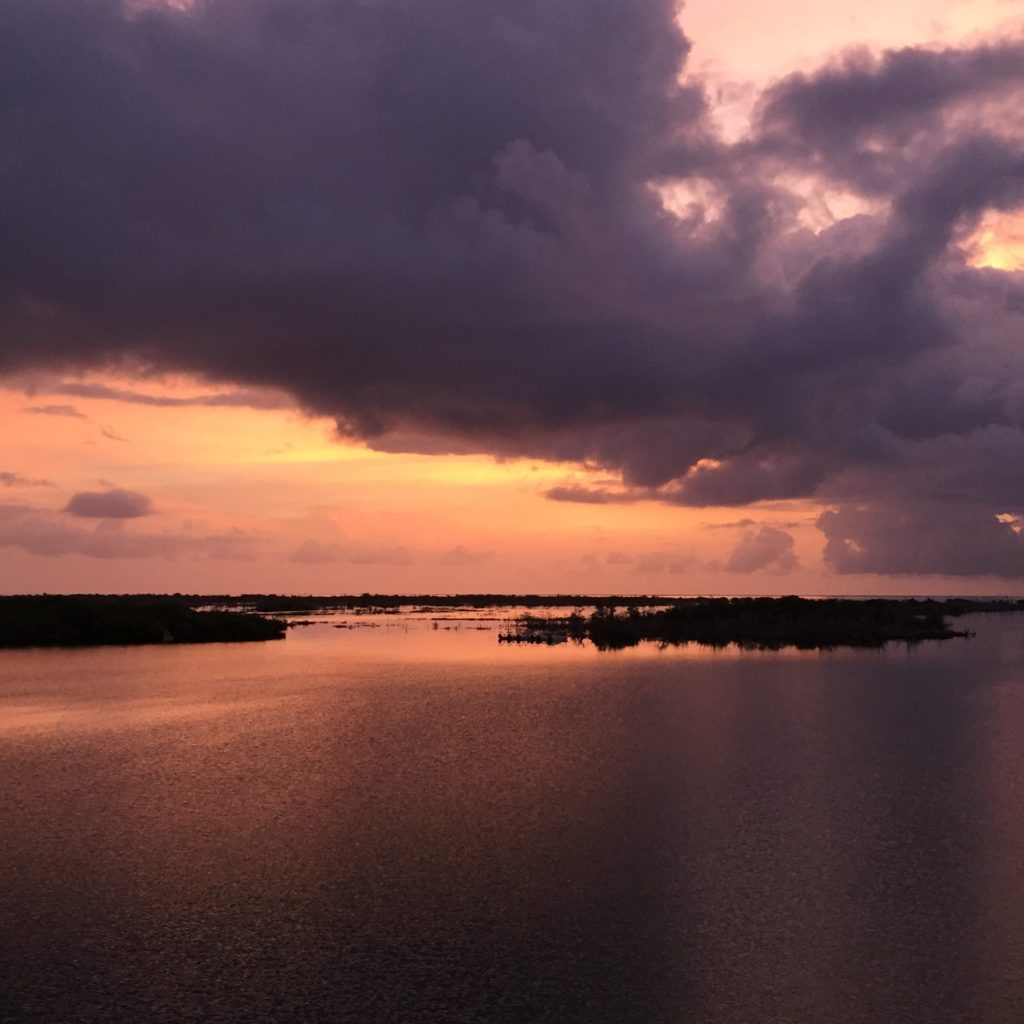
Before returning to the airport for their evening flight, the Bonnies were treated to an incongruously lovely lunch in Camaguey in an absolutely charming cobblestoned courtyard. They were serenaded by a trio of strolling musicians, sheltered by mature shade trees and surrounded by beautiful flower gardens.
The Bonnies had spent their week in an incredibly pristine (including trash-free), environment, but the fish were not as abundant as anticipated. Why?
BTT has been collaborating with Cuban scientists for over 10 years to advance the country’s sportfish conservation strategies to ensure healthy flats fisheries and habitats. And as its scientists have noted, Cuba’s coral reef, marine and terrestrial ecosystems are notable in the Caribbean because they remain remarkably healthy in the wake of the lack of development since the 1960 revolution. But at the same time, fisheries management and education regarding (and enforcement of) fishing regulations has been lacking. Further study and education are vital to improve and support the conservation, management and health of the country’s flats fisheries.
In the big picture, the fruit of the apple tree isn’t another apple, it’s another apple tree. In that same vein, the catch of a true angler is not the fish, but the hearts and minds of those who will advocate for future anglers by focusing on regional habitat conservation and water quality improvement.
From their Cuban experience, the Bonnies learned that means advocating (locally, federally, and internationally) for the preservation, and where possible, restoration, of habitat. They returned to the grid knowing thattheir focus needs to be not just on the tip of the rod, willing the line to tighten with that next strike, but across the vast expanse of ocean to the other fisheries that depend upon that same ocean. They arrived home newly convinced that habitat loss in Cuba (and Belize and Mexico and the Bahamas) has direct implications for fish populations in the Florida Keys and elsewhere, and that bringing science to the fight is critical.
